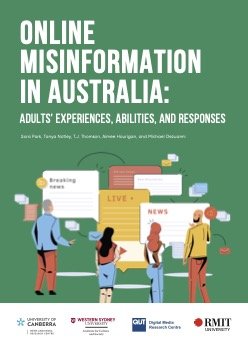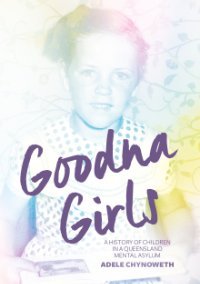By Sora Park, Tanya Notley, T. J. Thomson, Aimee Hourigan, Michael Dezuanni
The rapid uptake of social media, which Australians now use more than any other type of media, presents many opportunities for accessing information, but also presents the highly significant challenge of misinformation. The sheer volume of information online can be overwhelming and very difficult to navigate. As a result, bad actors seek to undermine democratic processes and target individuals. This has been widely recognised as a global problem. However, Australians lack the confidence and ability to verify misinformation.
This report is based on analysis of four linked datasets and finds that the vast majority of adult Australians want to be able to identify misinformation and are trying to do so. It also finds that many adult Australians overestimate their ability to verify information online.
The research findings illustrate the need for media literacy initiatives. These might include videos that show people how to fact check online or how to identify high-quality news sources, quizzes or games that help people develop their digital media knowledge and skills, explainers that show how platform business models operate and how this relates to the spread of misinformation, or in-person media production training that can help people think critically, and accurately represent people, places and ideas.
Penrith, AUS: News and Media Research Centre, Western Sydney University, 2024, 82p.












